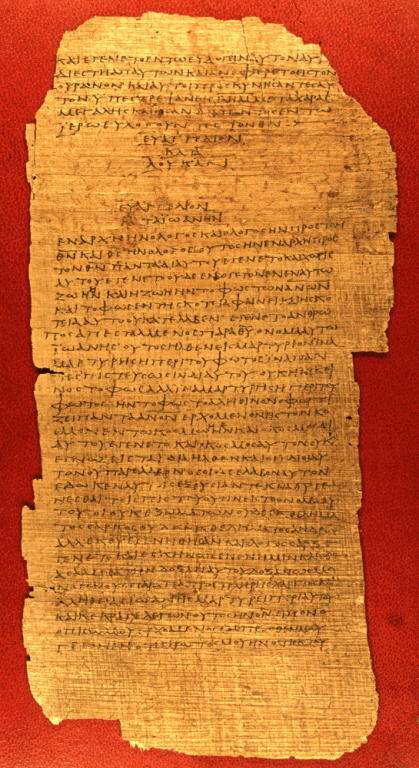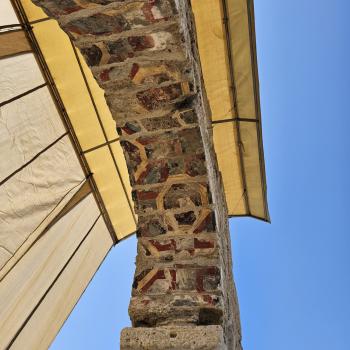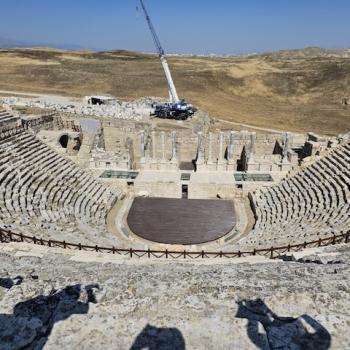Two of the most controversial additions to the Gospels are the long ending of Mark (after Mark 16.8) which most scholars believe originated no earlier than the second century A.D, and the famous woman caught in adultery story found at John 7.53-8.11 which also is not in our earliest and best manuscripts. In his recent reflections on all this my friend Larry Hurtado suggests, rightly I think, that it is a mistake to think everything was in flux early on, and fixity of the content of Gospel manuscripts is a late thing. As Hurtado points out, below, at some point these two famous portions of Mark and John received enough support to become regular parts of manuscripts in the fifth century and thereafter— but why? Below are his reflections…. BW3
Hurtado suggests:
“We may need to re-think how we picture the transmission of the Gospels in the early centuries. In particular, I point to the most sizable and salient variants, the pericope of the adulteress and the “long ending” of Mark. It is commonly thought that these variants first appeared as early as the second century CE. This may well be so. But, in any case, to judge from our earliest manuscript evidence, they did not apparently acquire wide scale acceptance as part of the text of the Gospels till later, perhaps not until sometime by or after the fifth century CE.
“So, if there were factors that generated these variants in the second century (to accept for the purposes of discussion the common assumption), there seem to have been other factors operating much later that led to the “success” of these variants, such that they became thereafter part of the “received” text of the Gospels. This means that the simple paradigm of “early wild” and later “stabilized” transmission of the Gospels isn’t quite adequate.
“Our model/paradigm of the textual transmission needs to include the evidence that (1) the earliest period of textual transmission of the Gospels wasn’t simply “wild” but, actually, more , including a surprising degree of stability evidenced in a number of earliest Greek witnesses, and (2) if the second century was a time when many textual variants first arose, including large ones such as the two mentioned, by the fifth century CE and thereafter there were additional factors (thus far not adequately identified) that enabled these variants to obtain a commonly accepted place in text of the Gospels, a greater acceptance than these variants held in the earlier period.
“In short, a more sophisticated or complex paradigm seems to me to be required, with more complexity both in the earlier and subsequent centuries.”













